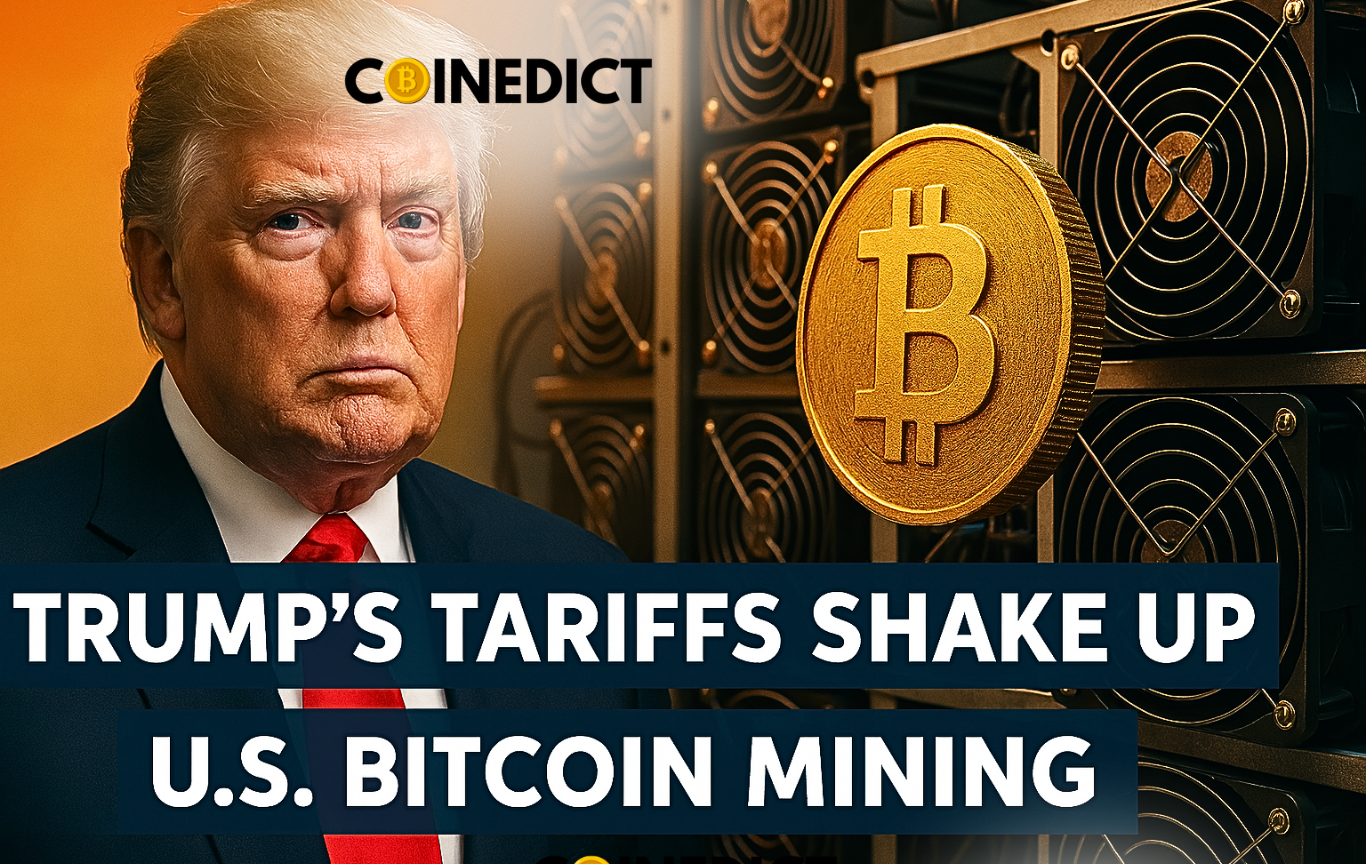The world of finance is evolving, but traditional payment systems remain slow, expensive, and outdated. Businesses and individuals worldwide struggle with high transaction fees, long settlement times, and, in many cases, limited access to banking services.
This is where stablecoins and on-chain liquidity are stepping in to fill the gaps—offering a faster, more affordable, and borderless alternative to traditional payments.
The Problem with Traditional Payments
For decades, global transactions have relied on inefficient banking systems like SWIFT, which often takes days or even weeks to process cross-border payments. On top of delays, businesses are forced to pay multiple fees, including sending fees, receiving fees, intermediary bank charges, and even foreign exchange costs.
Even digital payment platforms like PayPal, Wise, and Stripe—while improving accessibility—still depend on legacy financial networks, meaning they inherit the same inefficiencies that slow down and complicate global transactions.
As global cross-border settlements surge past $190 trillion, the demand for real-time, cost-effective financial solutions has never been higher.
The Rise of Stablecoins and On-Chain Liquidity
Unlike traditional banking, stablecoins—digital currencies pegged to fiat assets like the U.S. dollar—operate 24/7 without intermediaries.
The numbers prove their impact:


However, stablecoins alone aren’t enough—liquidity providers like MANSA ensure instant, seamless transactions by offering on-chain liquidity, eliminating the need for banks or traditional payment processors.
For example, consider a Nigerian business receiving payments from Europe. Traditionally, the funds would need to be converted multiple times (EUR → USD → NGN), incurring extra fees and delays.
With stablecoins and on-chain liquidity, the transaction is direct:


The Biggest Beneficiaries: Emerging Markets
Underserved regions like Africa and Latin America are embracing stablecoins at an incredible pace:


Stablecoins Are Here to Improve, Not Replace, Traditional Finance
Despite their rapid adoption, stablecoins aren’t competing with banks—they’re enhancing them. Financial institutions and payment services are already integrating stablecoins to reduce costs and improve transaction efficiency.
For example, Wise gained access to Japan’s Zengin payment network, bypassing intermediary banks and cutting down transaction fees.
The Future of Global Payments
The transition to stablecoins and on-chain liquidity isn’t theoretical—it’s happening now. As demand for fast, transparent, and low-cost transactions rises, traditional banking systems will either need to adapt—or risk becoming obsolete.











